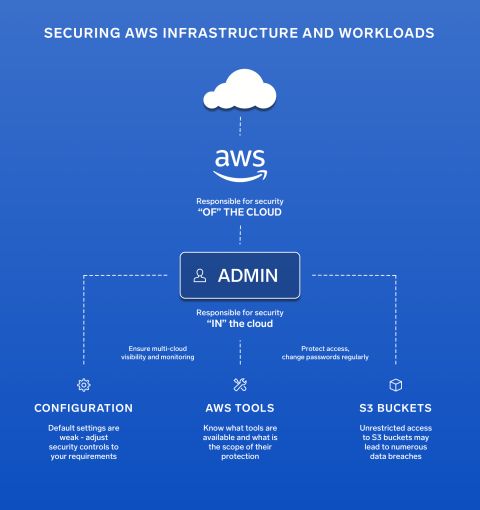Weekly Cyber Security News 19/07/2019
A selection of this week’s more interesting vulnerability disclosures and cyber security news. Going for a theme this week and ignoring the NAS devices spewing data and amusingly named new malware. The theme is Bluetooth.








